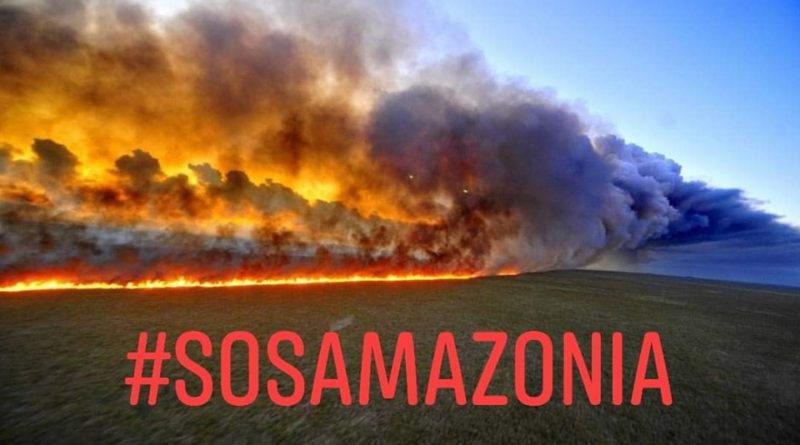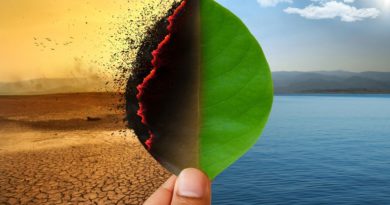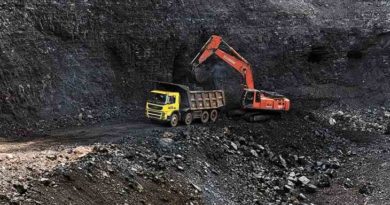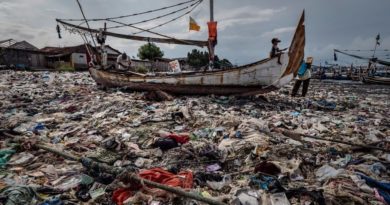The Amazon Cannot Be Recovered Once It’s Gone
The fires blazing in Brazil are part of a larger deforestation crisis, accelerated by President Jair Bolsonaro.
The Amazon is burning. There have been more than 74,000 fires across Brazil this year, and nearly 40,000 fires across the Amazon, according to Brazil’s National Institute for Space Research. That’s the fastest rate of burning since record-keeping began, in 2013. Toxic smoke from the fires is so intense that darkness now falls hours before the sun sets in São Paulo, Brazil’s financial capital and the largest city in the Western Hemisphere.
The fires have captured the planet’s attention as little else does. The Amazon is the world’s largest and most diverse tract of rainforest, with millions of species and billions of trees. It stores vast amounts of planet-warming carbon dioxide and produces 6 percent of the planet’s oxygen.
So the Amazonian fires—which have been blazing for weeks and notoriously received less coverage than Notre Dame’s burning roof— seem like a potent symbol of humanity’s indifference to environmental disorder, including climate change.
But climate change is not the primary cause of the wildfires. Unlike, say, most California blazes—which are sparked by accident and then intensified by climate change—the Amazonian fires are not wildfires at all. These fires did not start by lightning strike or power line: They were ignited. And while they largely affect land already cleared for ranching and farming, they can and do spread into old-growth forest.
So the two scariest numbers for understanding the fires are this: There are 80 percent more fires this year than there were last summer, according to the Brazilian government. This surge in burning has accompanied a spike in deforestation in general. More than 1,330 square miles of the Amazon rainforest have been lost since January, a 39 percent increase over the same period last year, according to The New York Times.

Why are these figures so important? Because Brazil’s political leadership has changed in the past year. On January 1, Jair Bolsonaro, a far-right populist who has openly pined for his country’s authoritarian past, was sworn in as president. During his campaign, he promised to weaken the Amazon’s environmental protections—which have been effective at reducing deforestation for the past two decades—and open up the rainforest to economic development.
Now he is making good on that promise. The three Brazilian states with the worst spikes in fire this year are all governed by Bolsonaro’s allies, according to Richard Black, a former BBC journalist and the current director of the nonprofit Energy and Climate Intelligence Unit. The states governed by Bolsonaro’s political opponents have actually seen a decline in fires. And according to allegations by the global news site OpenDemocracy, leaked documents show that Bolsonaro’s government intends to strategically prevent conservation projects in the Amazon.
But recognizing that the fires are a political problem as well as an environmental one does not make solving them any easier. Bolsonaro has found success in part by casting himself in opposition to the rich global North. When asked about the fires, he implied that environmental NGOs were behind the burning. After President Emmanuel Macron of France called the fires a crisis, tweeting that “our house is burning,” Bolsonaro co-opted his words, accusing him of a “misplaced colonial mindset.”
That cynical attack points to the difficulty of a remedy. The Amazon rainforest does, in some sense, belong to Brazilians and the indigenous people who live there. But as a store of carbon, it is fundamental to the survival of every person. If destroyed or degraded, the Amazon, as a system, is simply beyond humanity’s ability to get back: Even if people were to replant half a continent’s worth of trees, the diversity of creatures across Amazonia, once lost, will not be replenished for roughly 10 million years. And that is 33 times longer than Homo sapiens, as a species, has existed.




